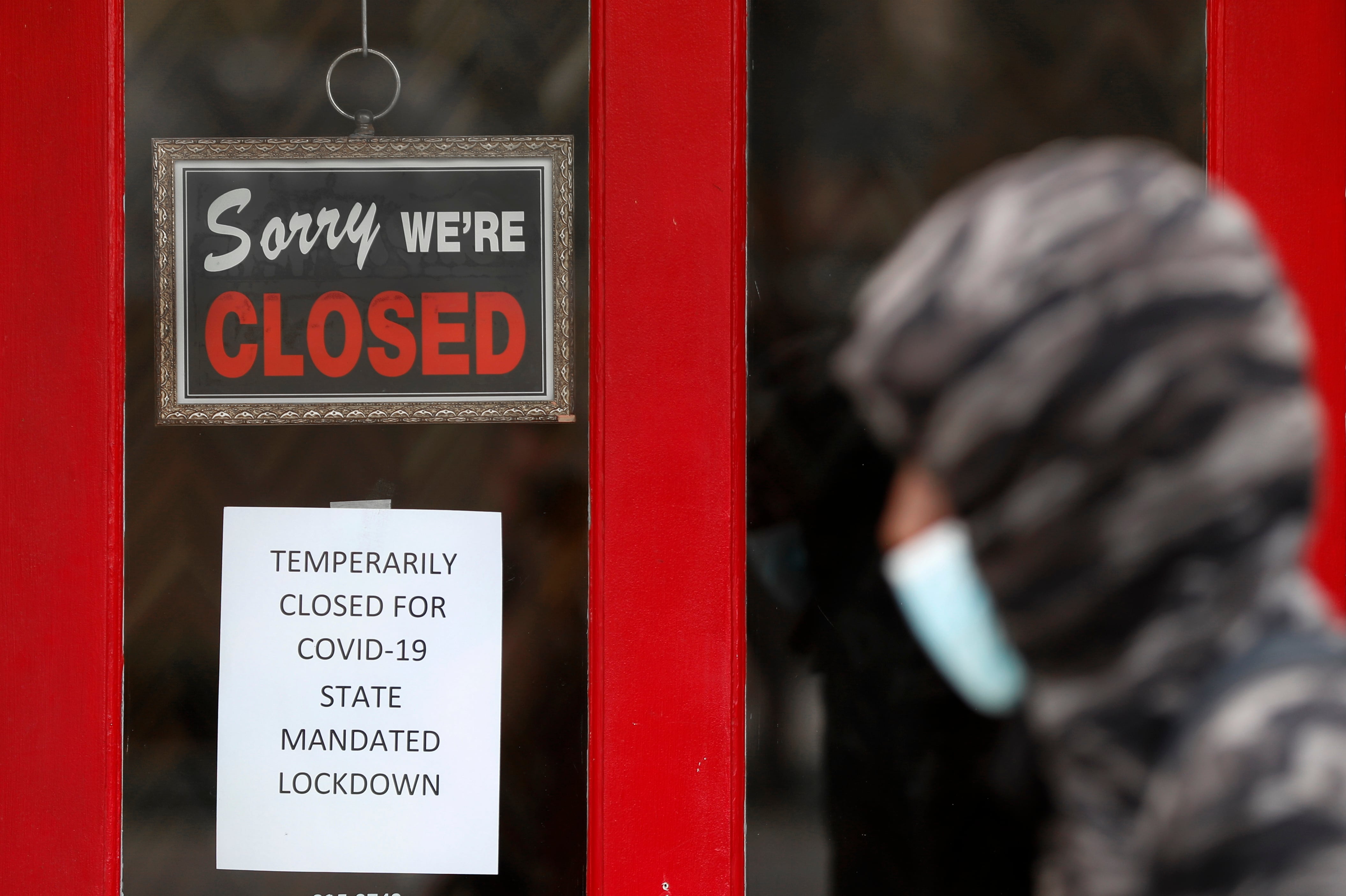The unemployment rate among veterans fell in May despite the lingering effects of the coronavirus pandemic, a surprising turn-around after historic high jobless numbers a month earlier.
According to the Bureau of Labor Statistics, the veterans unemployment rate fell to 9 percent in May, down from 11.7 percent in April. Among younger veterans — typically the group that has struggled the most with jobs issues in recent years — the figure was 10.3 percent, down from 13.0 percent in April.
The BLS estimates translate into roughly 800,000 veterans nationwide applying for federal unemployment benefits last month.
RELATED

The veterans unemployment rate outpaced the national rate for the third consecutive month, and for the 40th time in the last 41 months. For the country, the unemployment rate dropped from 14.7 percent in April to 13.0 percent in May, meaning more than 19 million Americans received jobless benefits last month.
Many of those unemployed workers lost their jobs over the last few months as tens of thousands of businesses, schools and government offices nationwide were forced to close temporarily (or permanently, in some cases) by local leaders attempting to slow the spread of coronavirus.
Most states have begun to partially reverse those restrictions in recent weeks, allowing non-essential businesses to begin allowing some customers back into their workplaces. BLS officials said they saw increases in hiring in the leisure and hospitality, construction, education, health services, and retail trade industries last month.
Shortly after the numbers were released Friday, President Donald Trump celebrated the positive news on social media and took credit for the one-month turn around.
Rosalinda Maury, director of applied research at the Institute for Veterans and Military Families at Syracuse University, said the May news was a positive step for the veterans community, but she warned that it doesn’t guarantee a full economic recovery in coming months.
“We’re headed in the right direction,” she said. “But the unemployment rate is still relatively high compared to where we were before the pandemic.”
Prior to March, the overall veterans unemployment rate hadn’t been above 4 percent since early 2018. Even with the recent improvement, the May rate is more than three times the BLS estimate for veterans at the end of 2019.
Maury said she’ll be watching to see if subsets of the veterans population continue to see unemployment decreases in coming months. In May, veterans aged 35 to 44 saw a slight increase in their jobless rate, an indication that pockets of the veterans community may have more trouble overcoming the pandemic effects.
“Unemployment is one measure of a stable economy, but it’s not the only measure,” she said. “When you look at all the revenues that were lost in the last few months, we’re not out of the woods yet. Whether we come back to a full recovery is to be determined.”
Leo covers Congress, Veterans Affairs and the White House for Military Times. He has covered Washington, D.C. since 2004, focusing on military personnel and veterans policies. His work has earned numerous honors, including a 2009 Polk award, a 2010 National Headliner Award, the IAVA Leadership in Journalism award and the VFW News Media award.





